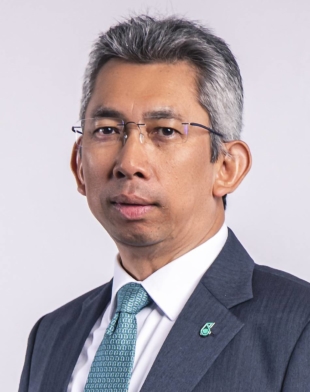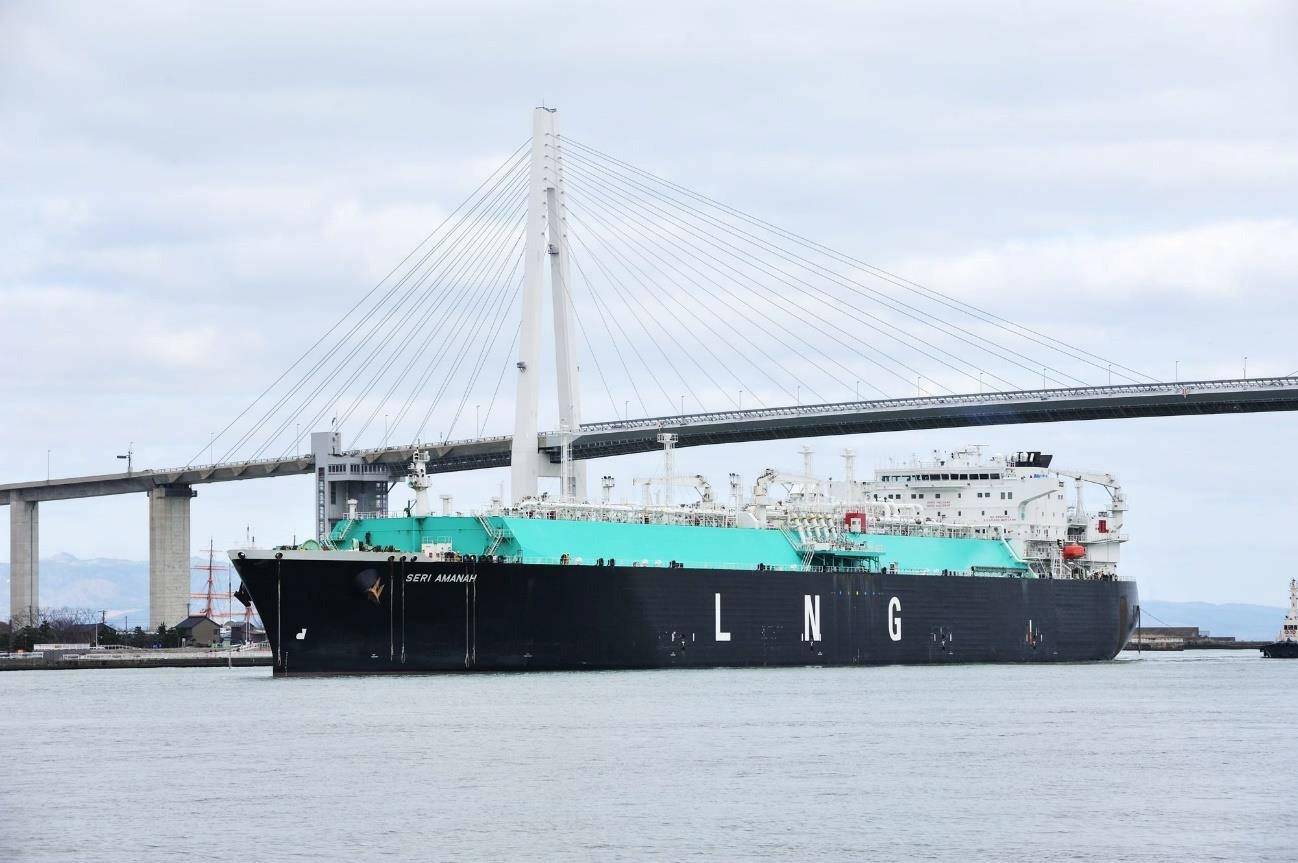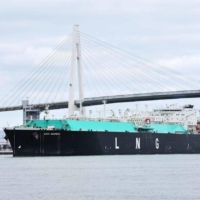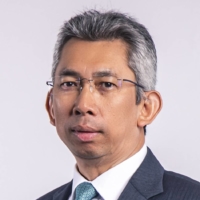Not long after its founding in 1974, the Malaysian oil and gas company Petroliam Nasional Berhad, commonly known as PETRONAS, began working closely with Japan to the mutual benefit of both entities.

“PETRONAS’ relationship with Japan began as far back as 1978 when a joint venture was signed with Mitsubishi Corp. to establish Malaysia LNG, which formed our first LNG (liquefied natural gas) plant in Bintulu,” explained Shamsairi Mohd Ibrahim, vice president of LNG Marketing and Trading at PETRONAS. LNG is often touted the cleanest fossil fuel because it produces about 40% less carbon dioxide than coal.
“PETRONAS began supplying LNG to Japan in 1983,” Shamsairi said. “The first LNG cargo was delivered to Tokyo Gas via the receiving terminal at Tokyo Bay. It is through the trust of Japanese customers that we started our journey as an LNG supplier. It laid the foundations for us to grow into one of the world’s largest LNG producers and suppliers today.”
Today, PETRONAS is Japan’s key LNG supplier, thanks to the Look East Policy, an initiative by the Malaysian government that marks its 40th anniversary this year. Through the LEP, Malaysian citizens were sent to work and study at Japanese universities, companies and various training centers, which, according to Shamsairi, contributed immensely to the modernization and industrialization of Malaysia. “LEP has (made) vast contributions ... and tipped (sic) us to become an Asian tiger (economy)” in the 1990s, Shamsairi explained, noting that its economic impact was to transform Malaysia’s traditional attitudes into a work ethic focused on creating “a robust, disciplined ... working culture.”
PETRONAS’ vice president is speaking from experience, since he himself is an alumnus of the Look East Policy. Through it, he earned an associate degree in mechanical engineering from Japan’s National College of Technology in 1991. This not only gave him the technical knowledge necessary to rise through the ranks of PETRONAS, but also eventually led him to become a candidate for overseeing the marketing and trading of LNG not only in Japan, but other parts of East Asia, along with his responsibilities in managing the European and American markets. “Studying in Japan has left a significant impact on my personal and professional development, as well as helping to broaden my life perspective overall.”
As of today, PETRONAS has delivered more than 8,000 LNG cargoes to Japan.
“PETRONAS was the first producer in the world to have ventured into small-sized LNG parcel deliveries to the Far East markets,” Shamsairi explained. “We developed small-size vessels of 18,000 cubic meter(s) – to cater to the requirements of our Japanese buyers (Saibu Gas) since 1993.”
It’s all part of the company’s view in which LNG is a low-carbon fuel on its own and supports the use of renewable energy sources toward achieving net-zero goals. And while the simple act of popularizing the use of LNG, with its lack of soot emissions, does contribute significantly to that goal, it doesn’t mean that the Malaysian company isn’t also constantly finding new ways to lower its carbon footprint even further.
Thanks to these efforts, the company successfully delivered its maiden cargo of “carbon-neutral LNG” to Japan in 2021, and is also expanding the partnership with Japan to develop renewable energy sources, as well as hydrogen. Given the size of Japan’s economy, continued cooperation between the country and Malaysia’s PETRONAS has real potential to help make the world a cleaner, greener place.




















With your current subscription plan you can comment on stories. However, before writing your first comment, please create a display name in the Profile section of your subscriber account page.